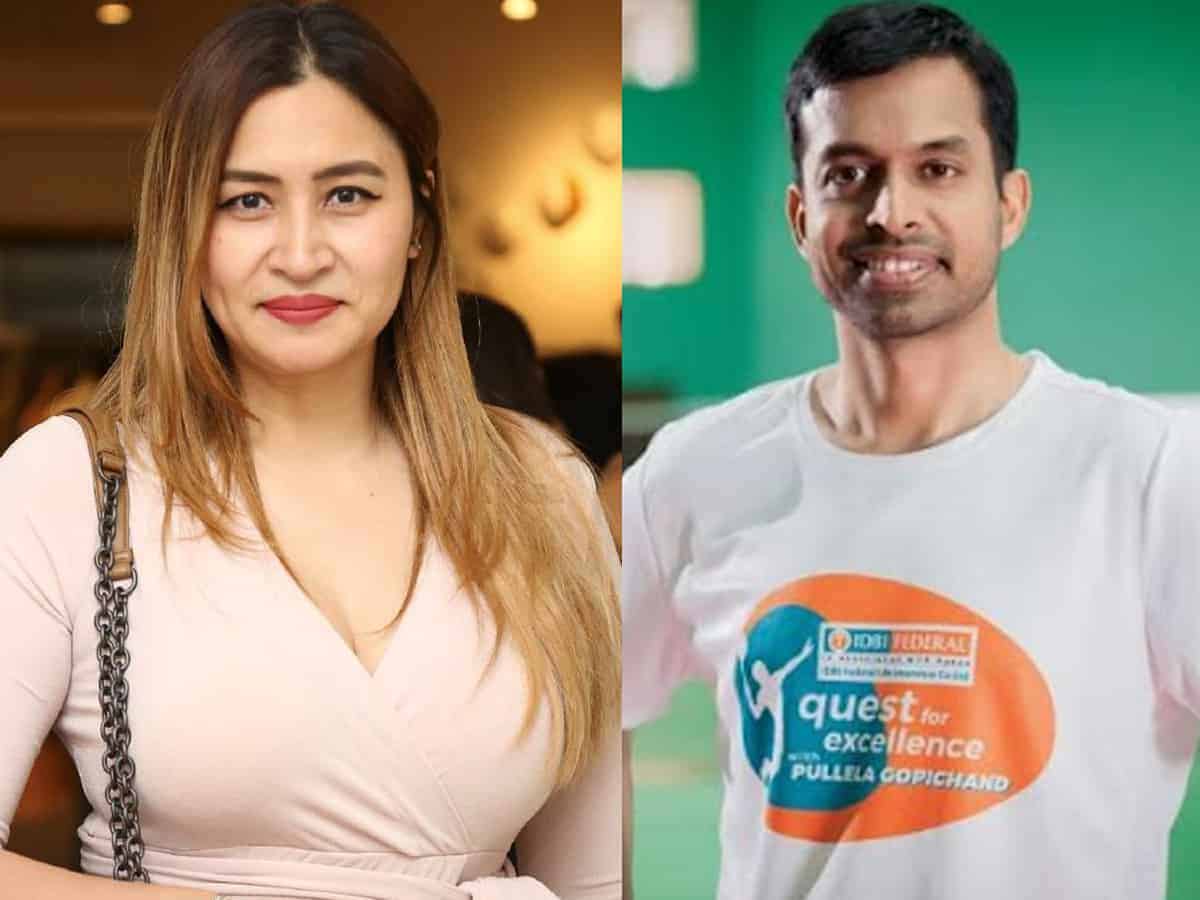The recent statement by renowned badminton coach P. Gopichand that when he was playing in the 1980s, Hyderabad was at the bottom rung in badminton even at south India level and there were no serious national level players, has created a furore. “We lacked enthusiasm among young players and coaches. Once I won the All England title, I felt that if a player like me could win, I could share my learning and create a hub to train many champions,” the national coach added in the statement which was published in a leading daily.
The most outspoken criticism came from Olympian Gutta Jwala who lashed out and said that it was all lies. She said on Twitter that she started her career in 1994 and by then all senior players from Hyderabad were in the national team. “He seems to have forgotten his contemporaries who defeated him in the 1990s such as Manoj Kumar, Praveen Kumar, Vijayaraghavan and others who were coached under S.M. Arif,” she posted.
Former national number one ranker Manoj Kumar pointed out that in the mid-1980s he and other players from Hyderabad began winning titles at the national level. Another parent of a player speaking to siasat.com on condition of anonymity, said that no coach should take all the credit single handed for bringing up champions. “It is mainly the effort of the parents and the children concerned which finally creates a champion. The coach merely puts in a finishing touch. It is the parents who have to spend huge amounts of money to buy equipment for their wards, make sacrifices in their careers, motivate and support them. Also, children sacrifice their education which does not get acknowledged in the media,” he said. He questioned: “How many of us know the coach’s name of any top player in the world including Cristiano Ronaldo, Leander Paes or Virat Kohli? Then why so much credit to Gopichand? Who was Gopi’s coach? How many are aware of the generosity of Mr. Kailash Charan who had sponsored many players practicing at L B stadium under the guidance of S.M. Arif?
“Parents sacrifice a lot in terms of time, money and effort. And the child’s enthusiasm makes a big difference too. What if the child says that I am fed up! I don’t want to play this sport any more. Can any coach turn the child into a champion then? Coaches are quick to take all the glory whenever a player excels and they push all other factors into the background. Gopichand is no different in this respect,” he lamented.
This parent’s words have a ring of truth to it. For it is well known that many players such as Saina Nehwal and P.V. Sindhu were helped and encouraged immensely by their parents in their formative years. It is well known that Sindhu’s father P.V. Ramana, himself a former international volleyball player, Asian games medallist and an Arjuna awardee, took her every morning and evening for practice sessions. She began training first with Nani Prasad at the IAS Officers courts in Begumpet before shifting to IRISET courts where she came under guidance of Mahboob Ali, Mehmood Ali and Karpan. The next person to train her was the legendary S.M. Arif and Bhaskar Babu. So in her early years she was helped by several good coaches. Ramana has pointed out that those coaches had great commitment and were great motivators. Since Sindhu’s father was a sports officer in the South Central Railway, he had access to the railway grounds and she used to run 10 to 12 laps of the 400 metre track. All this helped her to develop her stamina. From a very young age Sindhu was very committed to her sport and determined to succeed. It was this burning desire and passion which finally took her to the top.
Moreover, her father understood the importance of player and opponent analysis. Since Sindhu never had video analysis as part of player development, he used his own knowledge to great advantage. He would analyse her strokes, footwork, wrist and body position to make the necessary changes with help of players from Railways at the Railway grounds. He continues to do this even today at Suchitra Academy. He also understood the importance of fitness and shifted Sindhu’s fitness, recovery and sports science sessions to Suchitra academy after the Rio Olympics 2016. This helped her to win two silver medals and a gold medal at the world championships, gold at the world tour finals and the Olympic bronze medal at Tokyo. Since she has been training with various foreign coaches with different styles, the strength and conditioning sessions had to be adapted accordingly. So, when the parent complains that coaches take too much of credit he is quite right. There are so many factors that go into the making of a champion even before the final coaches take charge.
But there are some more points which are worth taking note of. There are several grey areas where funding is concerned. According to the person, funds are being released by the government through the Sports Authority of India and organisations like Khelo India, TOPS etc. which should reach the players in a transparent manner. Another parent whose ward is part of Khelo India said that he doesn’t know about the scheme’s benefits that players are eligible for and the same is not communicated to them. These benefits should be prominently placed on an Academy’s notice board and communicated to the players by email. So clearly there are grey areas of functioning which need to be addressed. Complacency about the achievements of Hyderabad players can easily lead to a rapid downhill slide and bring an end to all the glory that Hyderabad and India have attained in recent years in the game of badminton.
Abhijit Sen Gupta is a seasoned journalist who writes on Sports and various other subjects.

